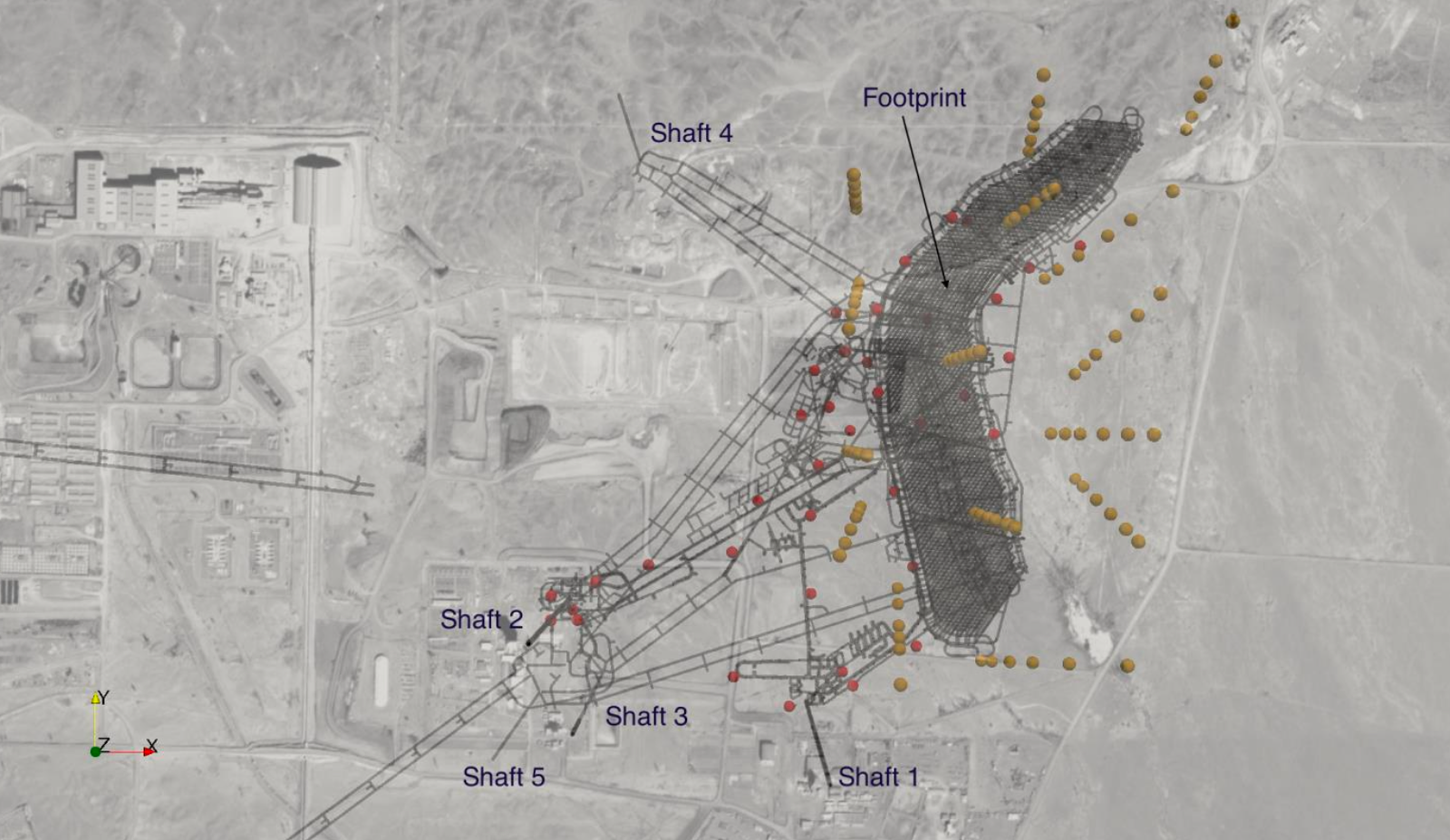I know it first-hand from my own experience at CVS Health, where 5,000 colleagues were let go earlier this year. Those still fortunate enough to make it to the holidays with a paycheck are not infrequently gossiping about when the other shoe will drop (and submitting the odd application). With far less team on our team, the expectations have not changed. Even the most bloated companies know that this formula doesn’t add up.
Gallup, as they so often do, have attached data to broader trends that normally hit us in unscientific fashion across video calls, the exceedingly rare exchange at the water cooler, and the ever-present feeling that things are anecdotally bad. The data is more than just a way of soothing the ambitions of a direct report, among others, with less insight into confidential top-down discussions. Soothing worried, stressed colleagues with difficult and unsubstantiated positivity often induces even greater concern. While many of us are managing up with all our might – and sharing this data might not be well-received by our own superiors – it is not just the right thing to do, it’s actually good management. And it gives credence to all those chipper responses.
To help people understand that their experience is pervasive, albeit disconcerting, here is some very valuable insight into what your team members are experiencing and carrying into every meeting, annual/quarterly review, client call, et cetera:

The Effects of Pervasive Negative Changes on the Enterprise
Changing teams often means learning new skills and platforms (rarely a bad thing over the long haul), learning new team dynamics (especially challenging in the short term) and figuring out where to buttress new and pre existing gaps (likely unpopular among their new peers), and might include major responsibility changes. Unsurprisingly, all of this goes hand in hand with a bigger workload.
When employees say their organization has asked them to take on additional responsibilities, they are also:
- 2.5x as likely to feel burned out at work very often or always.
- 55% more likely to watch for or actively seek a new job.
- 39% less likely to be engaged at work.
- Half as likely to think their employer cares about their well-being.
That’s a lot of damage to mitigate if you’re the manager of someone, or a team of individuals, experiencing this.
So how can managers help team members who are suddenly asked to do… more?
If your team is experiencing this, here are a few things you should do to avoid the worst of the problems outlined by Gallup:
- Check in with them: This should be easy and obvious, but that doesn’t mean it’s happening. There’s no need to be overly specific here, everybody knows the situation. What everybody might not be familiar with is the information listed above. Taking a genuine interest in how employees are adjusting to their new role goes a long way, and so will sharing the Gallup data on your next weekly team call. Reminding people that they’re not alone and we’re all in this together is important.
- Plan ahead for Q1 2024: You might not be able to mitigate the workload but you can certainly plan for it. Time management is a skill that too few people are taught at any point in their education or career. See below for how to help a direct report with time management. As a good friend recently reminded me: Tim Ferris’ The 4-Hour Workweek is not at all about working four hours a week. And Tom Brady only ever had 24 hours in a day too, yet he accomplished so much more with those same hours.
- Offer up AI solutions: You don’t need to wait for an enterprise AI solution to start deploying readily available AI solutions inside your own team, as long as you are being responsible with company data and intellectual property. Among other benefits, AI will readily lift efficiency. Providing basic training around prompts and recommended tools is more than enough to jumpstart efficiencies from artificial intelligence tools.
- Do your own sanity/productivity check: How are you dealing with all of this? Who do you confide in? Can you accurately assess your own productivity, prioritization, and efficiency? Do you send over assignments last minute? Provide clear direction? Timely feedback? Be honest.
Elizabeth Grace Saunders wrote How to Help an Employee Who Struggles with Time Management for Harvard Business Review a mere 18 months ago. Saunders recommends, to get your direct report started, consider taking these actions with them:
- Work with them on prioritization.
- Brainstorm the best possible direction to take.
- Talk through the smaller parts.
- Set up intermediate milestones.
- Do some of the work with them in a meeting.
- Team them up with colleagues.
- Check in for daily updates on what they planned to do and what they’ve accomplished (Slack or Teams is fine).
We are all asked to do a bit more with a bit less in the current economy. Budgets are tight, teams are smaller, and progress is undeniably harder. Do your part as a leader to help your team manage these changes – be proactive and attentive to the extra challenges and the strain that comes with it. This is not about being nice or kind or leading with heart, though it certainly can be. This is really about leadership. Your team members may not ever believe that the enterprise sincerely cares about their wellbeing but they should feel supported by their manager. After all, it’s been well established that people don’t leave companies, they leave deficient managers.




